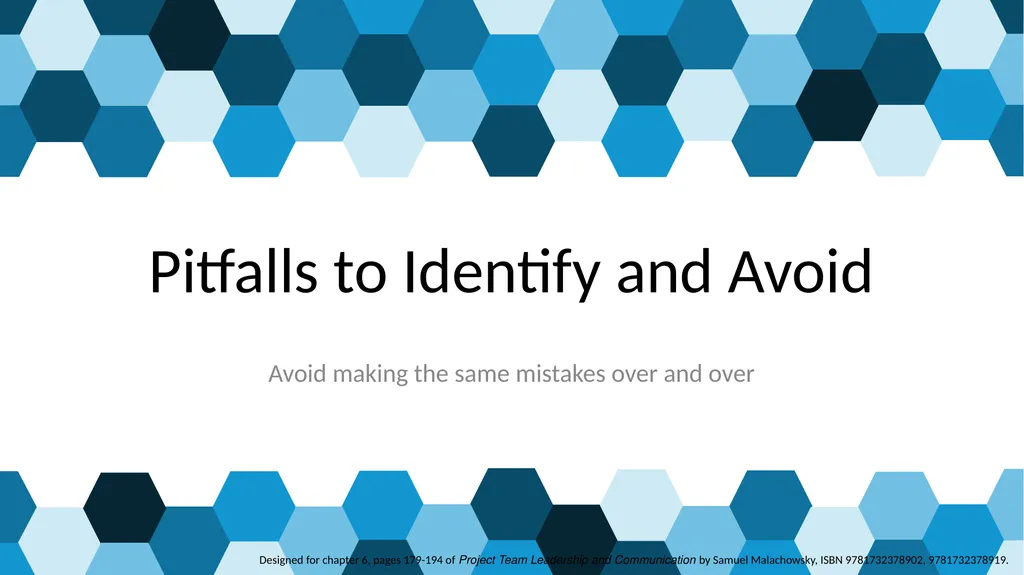
Avoid making the same mistakes over and over
Author: tawny-fly | Published: 2025-05-29
Description: Avoid making the same mistakes over and over Pitfalls to Identify and Avoid Designed for chapter 6, pages 179-194 of Project Team Leadership and Communication by Samuel Malachowsky, ISBN 9781732378902, 9781732378919. . Common project
Download Presentation
Download the PPT/PDF: Download
Transcript:
Loading transcript…